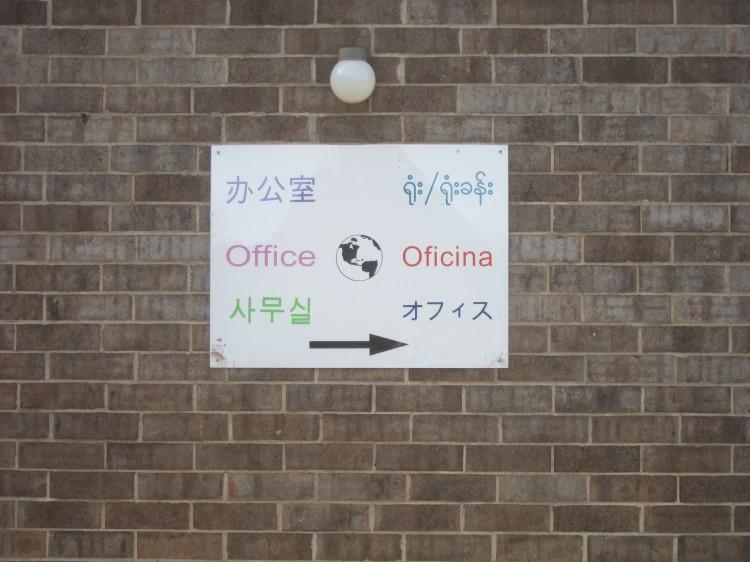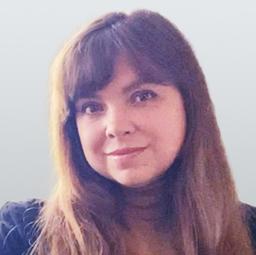Recent reports estimate that by 2020, more than half of all public school students are likely to have a non-English-speaking background.
Anastasia, a bright little girl with striking blonde hair and eyebrows to match, spoke English as she played with her friends from Korea, Italy, Turkey, and America. In a split second, Anna, switched her language to Russian as she turned to speak with her younger brother and mother.
Their conversation appeared to be about whether to spend the day playing with friends indoors or outdoors, but an outsider unfamiliar with the Russian language could only guess—it was a family meeting held in secret, right in the open.
This multicultural playground scene is not in a big city such as New York or Los Angeles—it is in a typical suburban neighborhood in North Carolina.
Mariana Haynes is the author of the report, “The Role of Language and Literacy in College- and Career-Ready Standards: Rethinking Policy and Practice in Support of English Language Learners,” and senior fellow with the Alliance for Excellent Education—a national policy organization that advocates for every child to graduate from high school prepared for college and life, based in Washington, D.C.
Haynes is concerned that as states around the nation put into place the new Common Core State Standards (CCSS), they might forget to make policies and practices to ensure that students who are learning English are also learning other subjects in depth.
Putting the Pieces Together
American demographics have changed over the decades. The number of school-age children who spoke a language other than English in the home rose drastically from 4.7 million (10 percent) to 11.2 million (20 percent) between 1980 and 2009, according to Haynes’s report.
In a 2006–2008 American Community Survey from the U.S. Census Bureau, over 55 million people nationwide were found to speak a language other than English at home. Nearly half of the survey participants said that they spoke English “less than very well.” Over half of the non-English speakers spoke Spanish, but Russian, Korean, and Polish were just of few of the common languages spoken in U.S. homes.







